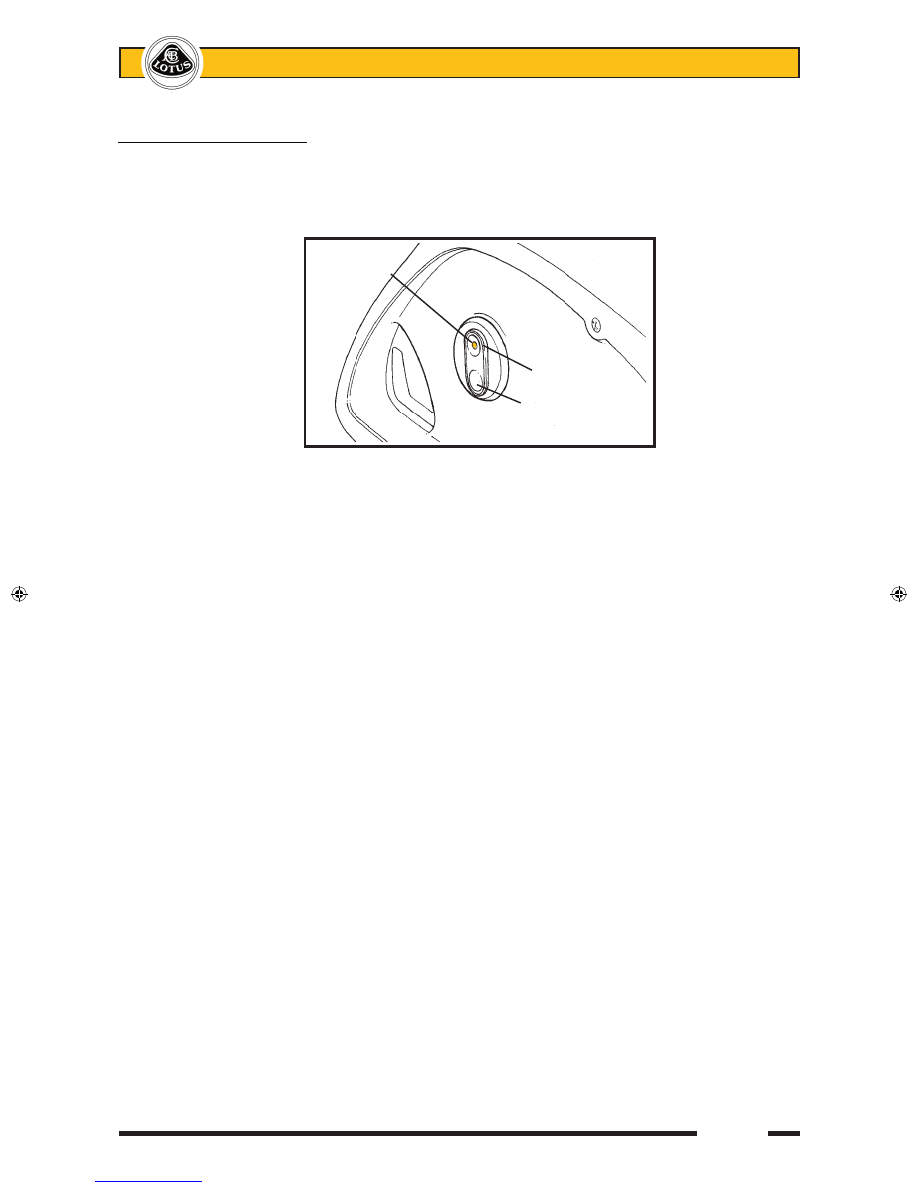Lotus Elise / Lotus Exige. Instruction - part 71

Page 61
Lotus Service Notes
Section MP
MP.3 - ELECTRIC WINDOWS (if fitted)
On cars so equipped, switches for the electric windows are mounted in the front of the door trim panels,
and are operative only with the ignition switched on. To help locate the switches in the dark, an illuminated dot
is provided in the ‘down’ button which glows amber when the lights are switched on.
To lower a window, switch on the ignition and press the lower, dished end of the switch in the relevant
door. Release the switch to stop window movement. To raise a window, press the upper, domed end of the
switch. The electric window lift mechanismuses an electric motor and winder drum driving a steel cable around
top and bottom guide pulleys to a lift block. The window glass is fixed to the lift block which is guided by a
vertical rail.
The door harnesses to support CDL and electric windows are routed to the scuttle area via a grommet in
the 'A' post area ahead of the door hinge post. Two 20A fuses for the window motors are tie wrapped to the
harness above the passenger footwell. Modules for the hazard lamps and wash/wipe functions, and relays for
the horn and inertia switch door open command, are mounted on the scuttle beam in the same area.
Illuminated
dot
Window up
Window down
ohs124
Page 6a
sn_mp_ cyclone.indd 61
02/01/2008 04:42:46